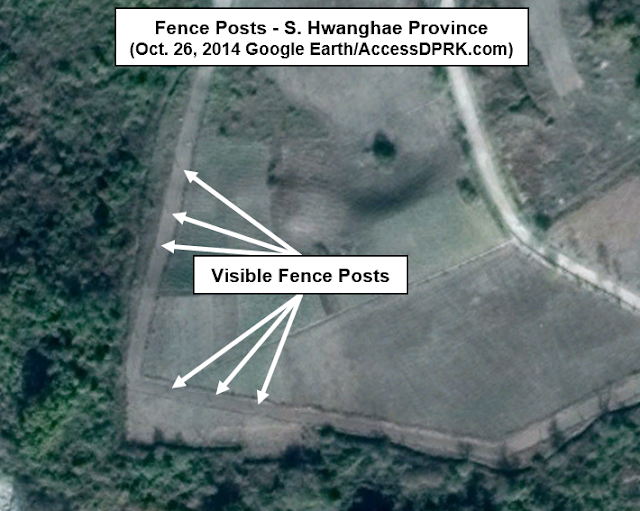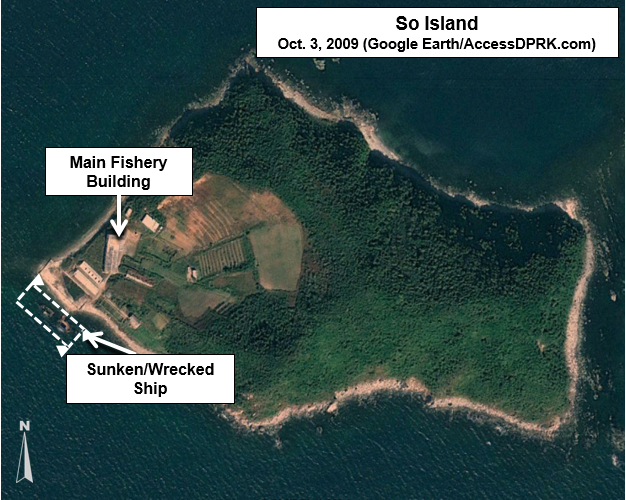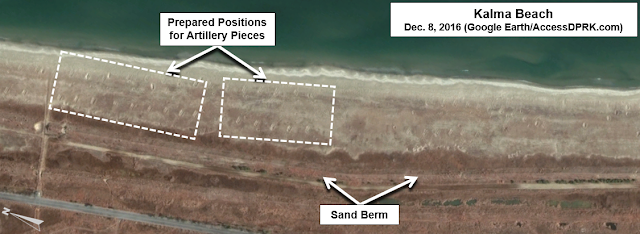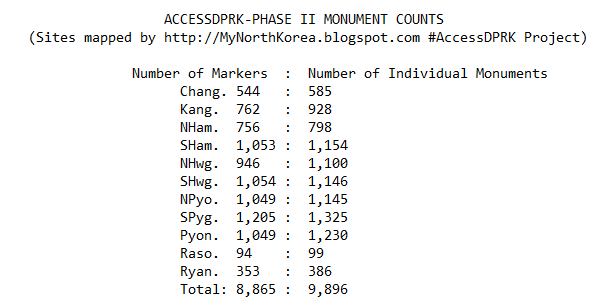Every so often NK News will report on mass attacks against North Korea researchers by North Korean agents or pro-Pyongyang groups.
From hacking attempts to phishing, I have been the target of half a dozen of these attacks and possibly more that I'm not aware of.
One of the common methods used is to impersonate a real journalist from a real news agency, and they will send you an email with a list of questions for their "upcoming article". If you don't notice the attempt for what it is (like by observing the email being used is from a free account and not a business one) and you send them your replies, they'll turn around and send you a password protected Word document saying they have some extra questions or want your input on the final draft prior to publication.
If you download the file and try to open it, it can unleash a range of attacks against your computer or phone, or download some malicious code that just sits there, quietly sending the attacker all of your activity.
The latest attempt to scam/hack/infect came in the form of an interview request. But you know what? Instead of just ignoring the situation, the faux questions they asked were actually kind of interesting and are on a topic many have been considering lately - what impact the war in Ukraine might have on North Korea's behavior.
So just for fun, here's what I would have said in the event I was actually being asked these questions by a legitimate reporter.
Question 1: Some analysts argue that Russia’s invasion of Ukraine may make North Korea much more reluctant to give up nuclear weapons, given that Ukraine has now been invaded by Russia after it abandoned its nuclear arsenal in exchange for security guarantees under the Budapest Memorandum. This certainly looks similar to an agreement made between Trump and Kim Jong Un in Singapore in 2018. What do you think about this kind of argument?
Reply 1: North Korea's nuclear program dates back to soon after the Korean War. It has been an integral part of both the military and political landscape for decades. And the leadership already learned the lessons taught by the deaths of Saddam Hussein and Muammar Gaddafi, which is that giving up your nuclear program is no blanket guarantee of regime survival.
So, I don't think the invasion of Ukraine will have much of a direct influence on North Korea's thinking regarding survivability as they already strongly doubt the West's sincerity.
A major flaw with the Singapore agreement is that it largely repeated what was agreed to in previous agreements going back to the first Inter-Korean summit in 2000, and it didn't provide a framework or guidance on how to actually accomplish the goals it set forth. In other words, unlike the Budapest Memorandum which was a legally binding agreement as part of Ukraine's accession to the Nonproliferation Treaty, the Singapore agreement was symbolic and aspirational; something either side could easily ignore.
Question 2: While the Biden administration is concentrated on the evolving circumstances surrounding Ukraine, possibly lowering its guard in the Asia-Pacific region, North Korea may try to develop new type of weapons including ICBMs or carry out nuclear tests. What do you think about North Korea’s future developments?
Reply 2: One common misconception about North Korea and the Kim regime is that they're mysterious and irrational. To the contrary, they can be quite transparent about their goals if one pays attention. Kim Jong-un laid out a series of military goals at the Eighth Party Congress in 2021 that included everything from developing hypersonic missiles to tactical nuclear warheads and even launching a military reconnaissance satellite.
North Korea also never closed the Punggye-ri Nuclear Test Site, they only destroyed the tunnel entrances which could quickly be repaired if needed. Low-level activity has been seen throughout the wider Punggye-ri complex every year since its "closure" in 2018, and the government has recently begun the process of repairing the tunnel entrances and are likely preparing for another nuclear test. Additionally, Kim Jong-un said that he no longer felt bound by the self-imposed nuclear testing moratorium, and in January of this year, North Korea announced that it would consider restarting all of their suspended activities.
It seems clear that North Korea has been conducting covert weapons development and production throughout the last few years, despite claiming they had stopped, which enabled them to test hypersonic glide vehicles and rail-based ballistic missiles. And, clearly, the government has been planning to conduct more tests and produce new weapons, as Kim Jong-un explicitly laid out.
The issue isn't necessarily that the Biden Administration hasn't been focused enough on North Korea, but that North Korea has never liked feeling ignored. They have a history of missile testing and even engaging in direct attacks against South Korea whenever they feel the international community's gaze has fallen elsewhere (in this case, Ukraine). So it's certainly likely that a new missile test or even a nuclear test could be conducted soon. This risk is also enhanced because of the recent elections in South Korea and Biden's visit to Seoul and to Japan. During events like this, North Korea has a tendency of provocative behavior.
Question 3: Do you think North Korea believes that Biden is already a “lame duck” and sees this as a good chance to concentrate on developing new weapons?
Reply 3: The Biden administration has appeared to be slow in appointing the relevant special envoys and ambassadors to the region, and much of the United States' government has been preoccupied with domestic problems. The economic fallout from COVID-19 such as supply chain issues and inflation has indeed damaged Biden's prospects for the US mid-term elections and for his own reelection chances in 2024, so it is possible that Pyongyang is simply trying to ride out the clock and wait until the US has new leadership.
At the same time, North Korea hasn't exactly been dormant. They've conducted at least 17 missile tests in just the last 5 months and are repairing the facilities at Punggye-ri. Given the dramatic improvements made to their nuclear and missile programs over the last several years, it is my feeling that Kim cares less today than ever about who sits in the White House and isn't overly concerned with whether or not Biden would be capable of meaningful engagement.
Considering that in April Kim Jong-un announced the end of North Korea's erstwhile "no first-use" policy and threatened preemptive nuclear strikes, it paints a story that Pyongyang is becoming bolder and feels more secure to do what they want (even if the actual risk of a preemptive strike is vanishingly low).
Question 4: Do you expect China will tolerate North Korea’s spate of ballistic missile launches and possible ICBM or nuclear tests? Do you think North Korea can or will maintain stable and amicable relations with China? Does Russia not afford to care about North Korea?
Reply 4: The short answer is, China has tolerated North Korea's actions so far, so why wouldn't that continue? Unless North Korea launches a full-scale war, nuclear or conventional, China will support North Korea. This isn't out of a sense of socialist brotherhood, but because it is in China's own interest to maintain the North Korean state.
China is directly responsible for North Korea's ability to evade sanctions and has been willing to supply the country with extra oil, luxury goods, and numerous other items that are banned by international sanctions.
On occasion, it has tightened the enforcement of sanctions and admonished North Korea after particularly major events such as the 2017 nuclear test, but there is little to suggest Beijing would alter or reverse its decade's old policy toward Pyongyang absent a very serious incident - which ICBM launches apparently no longer qualify as. The rise in COVID cases in North Korea also makes China's continued support all the more necessary to avoid any potential destabilization of the country.
As for Russia, Putin and Kim have tried to improve relations and that has born some fruit including $10 billion in debt forgiveness, a 2015 agreement to construct a road crossing, and the expansion of the current railway crossing located in Rason. However, trade has remained minimal, and it would take more investments and time to further develop trade between the two countries.
In the wake of the war in Ukraine, it's likely that Russia and North Korea will seek to develop closer relations (North Korea was one of the five nations who opposed the UN resolution against the war) but I wouldn't predict any substantial shifts in policy.
Along with China, Russia has also routinely blocked efforts to pass UN condemnations of missile tests and to impose new sanctions. And like China, Russia would rather have an anti-West nuclear-armed state on its border, than one that is closer to the West (which would be the result if North Korea began to cooperate).
~~~~
I've publicly released tens of thousands of map locations and have written over a thousand pages combined worth of material on this blog, NK News, 38 North, Asia Times, National Interest, and others. If you want to know what it is I know so desperately, join my Patreon like everyone else and get access to exclusive information you won't find on the AccessDPRK blog.
Speaking of Patreon, I would like to thank my current Patreon supporters: Amanda O., GreatPoppo, Joel Parish, John Pike, Kbechs87, and Russ Johnson.







































